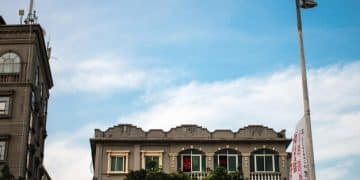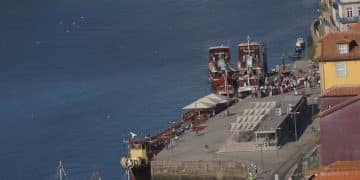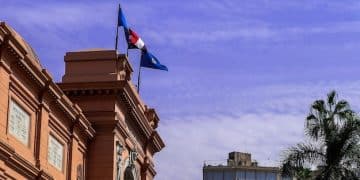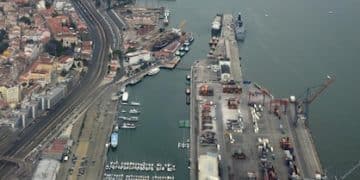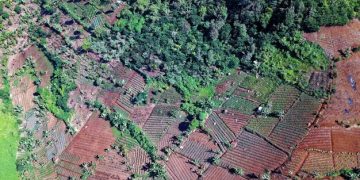US Foreign Policy Impact on Peru: A Guide for Peruvian-Americans
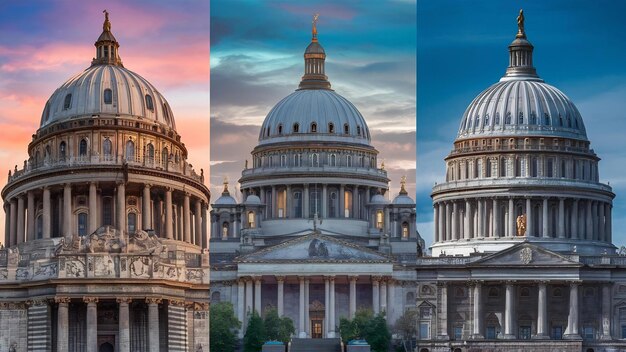
US foreign policy significantly influences Peru’s political and economic landscape, affecting various aspects from trade agreements to environmental regulations. Peruvian-Americans should stay informed about these impacts to understand their potential consequences for both the US and Peru.
The relationship between the United States and Peru is complex, shaped by decades of diplomatic ties, economic interests, and strategic alliances. For Peruvian-Americans, understanding the impact of US foreign policy on Peru is crucial, as these policies can affect everything from family connections to business opportunities.
Understanding the Historical Context of US-Peru Relations
To fully grasp the current impact, it’s important to delve into the historical relationship between the United States and Peru. This relationship has evolved significantly over time, marked by periods of cooperation, intervention, and mutual respect. Understanding this history helps contextualize present-day policies and their potential effects.
Early Interactions and the Monroe Doctrine
The early relationship between the US and Peru was largely shaped by the Monroe Doctrine, which sought to limit European influence in the Americas. This doctrine laid the groundwork for increased US involvement in Latin American affairs, including Peru.
The Cold War Era and US Intervention
During the Cold War, the US focused on preventing the spread of communism in Latin America. In Peru, this led to support for anti-communist regimes, sometimes at the expense of democratic principles. This era left a lasting impact on Peru’s political landscape.
- US support for military dictatorships: This often led to human rights abuses and political instability.
- Economic aid and its conditions: The US provided economic assistance, but often attached conditions that favored US interests.
- The fight against communism: This shaped US policy priorities in Peru for decades.
The historical context of US-Peru relations is complex and multifaceted. Understanding the key events and policies that have shaped this relationship is essential for Peruvian-Americans seeking to navigate the current political and economic landscape.
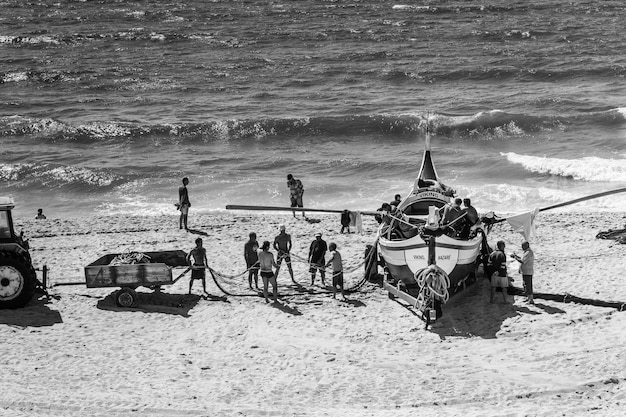
Economic Impacts of US Foreign Policy on Peru
One of the most significant ways US foreign policy affects Peru is through its economic impact. Trade agreements, investment policies, and financial aid all play a crucial role in shaping Peru’s economy. Understanding these factors is critical for Peruvian-Americans involved in business or with economic interests in Peru.
Trade Agreements and Their Effects
Trade agreements between the US and Peru, such as the US-Peru Trade Promotion Agreement, have a profound impact on both economies. These agreements can open up new markets for Peruvian goods, but also expose Peruvian industries to competition from US companies.
Investment Policies and Capital Flow
US investment policies influence the flow of capital into Peru. Foreign direct investment can create jobs and stimulate economic growth, but it can also lead to concerns about exploitation of resources and environmental damage.
- Impact on Peruvian agriculture: US agricultural subsidies can make it difficult for Peruvian farmers to compete.
- Mining and resource extraction: US companies are heavily involved in Peru’s mining sector, raising environmental and social concerns.
- Opportunities for Peruvian businesses: Trade agreements can provide new opportunities for Peruvian businesses to export their products to the US.
The economic impacts of US foreign policy on Peru are complex and varied. Peruvian-Americans should be aware of these impacts to make informed decisions about investment, trade, and advocacy.
Political and Social Implications for Peruvians
Beyond economics, US foreign policy also has significant political and social implications for Peru. These policies can affect governance, human rights, and social movements within Peru. Peruvian-Americans should be aware of these implications to understand their broader impact on Peruvian society.
Influence on Governance and Democracy
US foreign policy can influence governance and democracy in Peru. The US often provides support for democratic institutions and processes, but it can also support authoritarian regimes that align with its interests.
Human Rights and Social Justice
The US has a role to play in promoting human rights and social justice in Peru. US foreign policy can support efforts to combat corruption, protect indigenous rights, and promote gender equality.
- Support for civil society organizations: US aid can help strengthen civil society organizations that advocate for human rights and social justice.
- Addressing corruption and impunity: US pressure can help hold corrupt officials accountable and combat impunity.
- Promoting environmental protection: US policies can encourage sustainable development and protect Peru’s natural resources.
The political and social implications of US foreign policy on Peru are far-reaching. Peruvian-Americans should engage in advocacy and activism to promote positive change in Peru.

The Role of Peruvian-Americans in Shaping US-Peru Relations
Peruvian-Americans have a unique role to play in shaping US-Peru relations. As bicultural individuals, they can serve as bridges between the two countries, advocating for policies that benefit both societies. Understanding how to effectively engage in this role is vital for those who wish to make a difference.
Advocacy and Political Engagement
Peruvian-Americans can engage in advocacy and political engagement to influence US foreign policy towards Peru. This can involve contacting elected officials, participating in campaigns, and supporting organizations that work on US-Peru relations.
Cultural Exchange and Diplomacy
Cultural exchange and diplomacy can help foster understanding and cooperation between the US and Peru. Peruvian-Americans can promote cultural exchange through art, music, and educational programs.
- Supporting educational initiatives: Promoting study abroad programs and cultural exchange opportunities.
- Promoting Peruvian culture in the US: Sharing Peruvian art, music, and cuisine with American audiences.
- Building bridges between communities: Facilitating dialogue and understanding between Peruvian and American communities.
Peruvian-Americans have a powerful voice in shaping US-Peru relations. By engaging in advocacy, cultural exchange, and diaspora philanthropy, they can contribute to a more positive and mutually beneficial relationship between the two countries.
Environmental Policies and Their Effect on Peru
US foreign policy has a profound effect on the environmental landscape of Peru, particularly concerning resource extraction, conservation efforts, and climate change initiatives. The actions taken by the US government can significantly impact Peru’s biodiversity and sustainability.
Resource Extraction and Its Consequences
US companies frequently invest in Peru’s abundant natural resources, including minerals, timber, and oil. The methods used for extraction can lead to deforestation, water pollution, and habitat destruction, affecting the local communities and ecosystems.
Conservation Initiatives and Biodiversity Protection
The US contributes to various conservation initiatives aimed at protecting Peru’s rich biodiversity. These efforts often focus on preserving the Amazon rainforest and supporting sustainable development projects, but their effectiveness can vary depending on funding and implementation.
- Impact of mining activities: Unregulated mining can devastate local environments, leading to long-term ecological damage.
- Deforestation and habitat loss: Unsustainable logging practices and agricultural expansion can threaten Peru’s forests and wildlife.
- Climate change effects: Rising temperatures and changing weather patterns can lead to droughts, floods, and other environmental disasters in Peru.
US environmental policies also play a crucial role. By promoting sustainable practices and holding companies accountable, the US can help ensure that its economic activities in Peru do not come at the expense of the environment.
US Aid and Development Programs in Peru
US aid and development programs have been a long-standing component of the relationship between the two nations. These initiatives aim to address a variety of issues, including poverty reduction, health improvements, and educational advancements. Understanding the nuances of this aid is essential.
Healthcare and Education
US aid often targets improvements in healthcare and education in Peru. Programs may focus on disease prevention, improving access to medical facilities, and providing resources for educational institutions. However, the effectiveness of these programs can be influenced by various factors, including local governance and cultural contexts.
Infrastructure and Economic Development
Investments in infrastructure and economic development are another key area of US assistance. Projects may include building roads, improving transportation networks, and supporting small businesses. These endeavors aim to boost Peru’s economy and create opportunities for its citizens.
- Effectiveness of aid programs: It is crucial to assess whether aid programs are truly benefiting the intended recipients and achieving their goals.
- Sustainability of projects: Ensuring that development projects are sustainable in the long term and do not create dependency.
- Coordination with local stakeholders: Collaboration with local communities and governments is essential for the success of aid initiatives.
These programs can have a transformative effect on Peru’s development trajectory. The US government, along with Peruvian-American organizations, have a shared responsibility in ensuring that assistance efforts are well-targeted, effective, and aligned with Peru’s needs and priorities.
| Key Point | Brief Description |
|---|---|
| 🤝 US-Peru Relations | Complex history shaped by cooperation, intervention, and strategic alliances. |
| 💰 Economic Impacts | Trade agreements and investment policies profoundly shape Peru’s economy. |
| 🌱 Environmental Policies | US policies affect resource extraction, conservation, and climate change initiatives. |
| 🗣️ Peruvian-Americans Role | Serve as bridges, advocating for policies beneficial to both countries through advocacy and cultural exchange. |
Frequently Asked Questions (FAQ)
US trade policies, such as agricultural subsidies, can make it challenging for Peruvian farmers to compete in the global market, affecting their livelihoods and export opportunities.
US companies are heavily involved in Peru’s mining sector, which raises both economic opportunities and environmental and social concerns, requiring responsible regulation.
Peruvian-Americans can engage in advocacy by contacting elected officials, participating in campaigns, and supporting organizations working on US-Peru relations.
US foreign policy can lead to resource extraction that may cause deforestation, water pollution, and habitat destruction, requiring sustainable practices and responsible actions.
US aid programs often target improvements in healthcare and education in Peru through disease prevention, access to facilities, and resource provision, with varying levels of effectiveness.
Conclusion
Understanding the impact of US foreign policy on Peru is crucial for Peruvian-Americans, as it affects economic, political, and social dynamics. By staying informed and engaging in advocacy and cultural exchange, Peruvian-Americans can play a significant role in shaping a positive and mutually beneficial relationship between the two countries.
